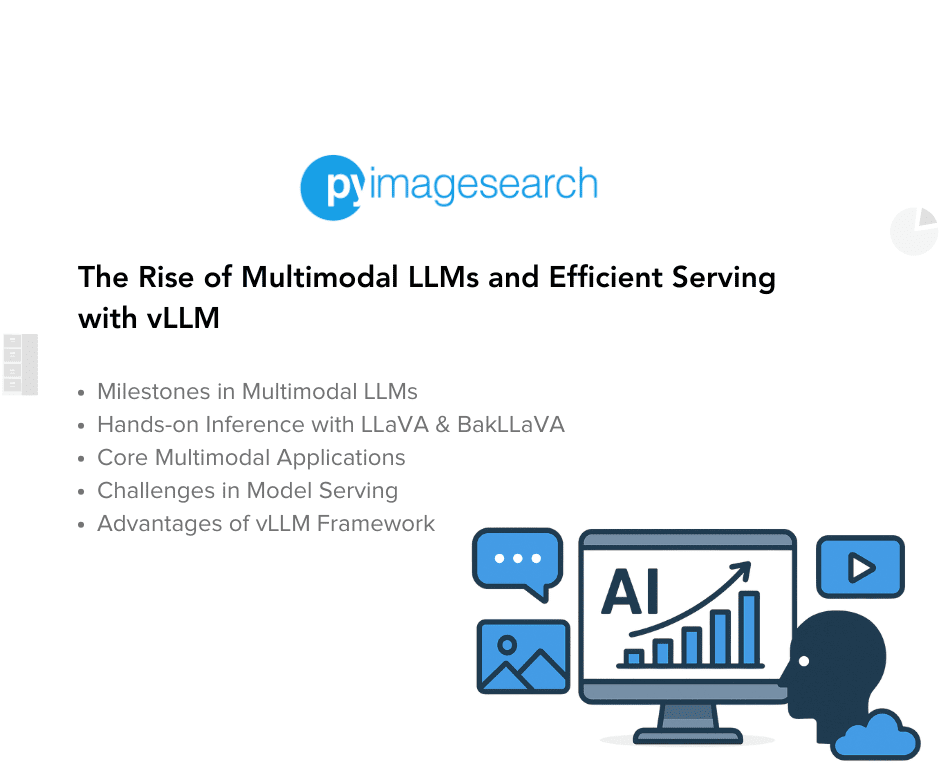
"To learn how to build and deploy cutting-edge multimodal LLMs like LLaVA using the high-performance vLLM serving framework, just keep reading. Large Language Models (LLMs) have revolutionized the way we interact with machines - from writing assistance to reasoning engines. But until recently, they've largely been stuck in the world of text. Humans aren't wired that way. We make sense of the world using multiple modalities - vision, language, audio, and more - in a seamless, unified way."
"These models don't just read; they see, interpret, and respond across multiple types of input, especially text and images. Multimodal LLMs are models designed to process and reason across multiple types of inputs - most commonly text and images. In practice, this means: You can feed in a photo or chart and ask the model to describe it. You can ask the model questions about an image, like "What brand is this shoe?""
Multimodal large language models process and reason across image and text inputs by combining a vision encoder (e.g., CLIP, EVA, BLIP-2) with a language model (e.g., LLaMA, Vicuna, Mistral). A thin projection layer maps visual features into the language model embedding space so the language model can generate grounded text responses. Practical capabilities include describing photos or charts, answering image-based questions, and combining image-plus-text prompts for guided responses. The vLLM framework enables efficient, scalable serving of multimodal LLMs with OpenAI-compatible APIs, facilitating backend integration, deployment of LLaVA/BakLLaVA, and building interactive UIs such as Streamlit frontends.
Read at PyImageSearch
Unable to calculate read time
Collection
[
|
...
]